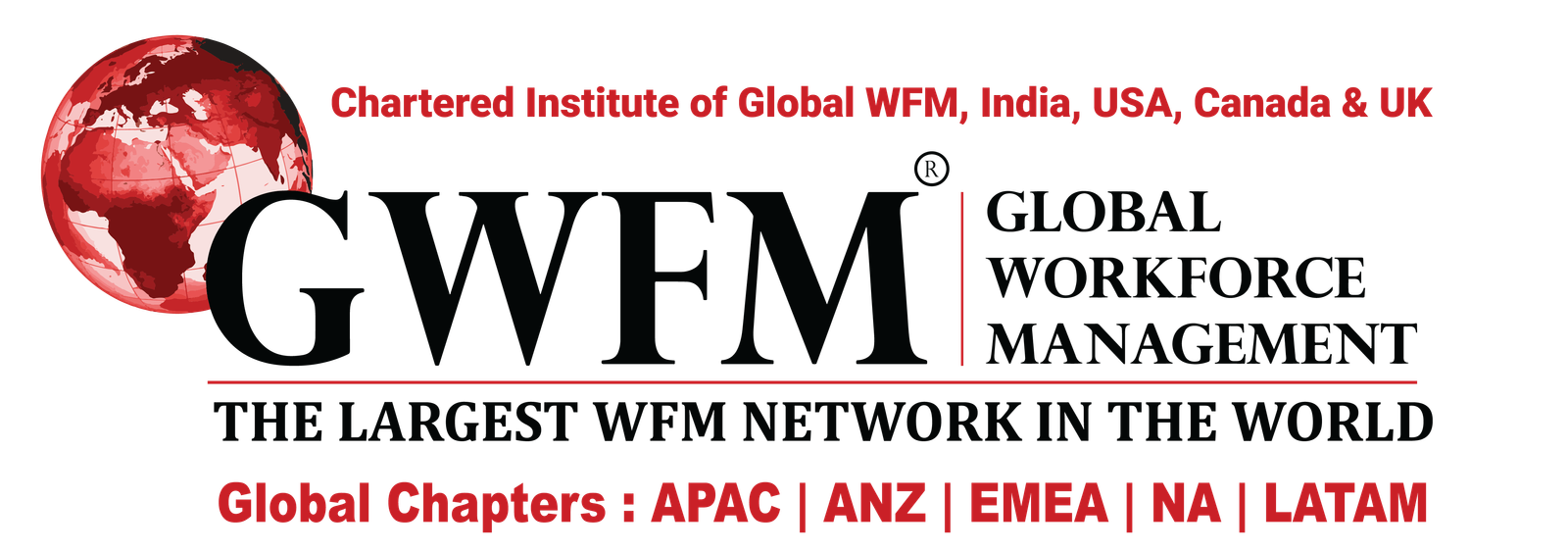Building capabilities in the workforce to keep up with the pace of growth

Even before the pandemic, the business world was on the brink of transformation. Then Covid-19 and advanced technologies accelerated the pace of business disruption and transformed the core fabrication of the industry with agile operation models and innovative customer solutions.
This paradigm shift in the business landscape has created a huge demand for upskilled and agile talent with relevant digital capabilities. Building a pipeline of future-ready talent through prudent and scalable tech-skilling & learning solutions has become a business imperative as we inch closer to the digital-first economy.
Upskilling & continuous learning to mitigate the skills gap
How does your organization plan to mitigate the internal skills gap? Harsha Yellamaraju, Director HR, Pegasystems, replied, “One of the ways that we address skill gaps is to build the skills in the market through our university affiliation programs, providing support to our partners through Pega academy, and building internal competencies through mandatory certifications.”
According to Uma Rao, CHRO, Granules Pharma, “Building skills is a constant process for organizations and employees given the ever-changing work environment and the exciting technological advancement. Skills of problem-solving, analytical thinking, and competencies of breakthrough innovative mindset & resilience will set successful professionals apart from others.”
Devi Prasad, Head HR, Apollo Health & Lifestyle Ltd, highlighted the importance of upskilling talent in today’s disruptive environment, said, “People without future-ready skills can only work but not perform. Upskilling, reskilling, and Meta skilling breed capabilities that transform organizations. We as HR leaders need to connect earning to learning to drive performance at the workplace.’’
Dr. Kalyan Ram, Head HR, at Visaka Industries, accentuated the relevance of striking a balance between upskilling and reskilling the workforce in today’s context. He said, “With emerging technologies becoming mainstream– the manual side of jobs is getting automated at an unprecedented rate. The rate of change in technology is outpacing the rate at which human adaptability skills are increasing. The trick is to find the right balance between our focus, attention, and commitment towards upskilling and re-skilling the workforce to ensure the development of higher-order digital skills amidst the technology revolution.”
Digitalization of learning for the future of work
Anjan Kumar Dasgupta, Head- L&D, Organizational Counseling- International Markets, Corporate, MSN Laboratories, said, “AI-based learning is definitely a great weapon added to the arsenal of the L&D function. However, to justify the ROI of digital learning interventions we need to focus on the course completion rate which is very low than expected breakeven. One of the key game changers could be focusing on digital learning behaviors to create & customize the learning interventions.”
Sharing his experiential insights on leveraging learning behavior to deliver better digital learning experiences, Dasgupta said, “As an organizational psychologist observing & analyzing the digital learning behavior of learners over the last 15 years, I coined the term “Digivior” which categorizes learners into four basic types depending on their preference for digital learning; Type-1- “Give me Red” (learning focus is majorly on problem solving through micro-learning bites and quick & to the point modules), Type-2- “Talk of the Town” (primary learning focus is to compete & secure top ranks in the leaderboard), Type-3- “Slow but Steady” ( learning by revisiting the same modules repeatedly and preferring explanation of the same concept in different ways thus requiring more time for course completion, not preferring time pressure), Type-4- “Give me more” ( Deep diving learner who prefers to have more information beyond must to know & good to know, always having a quest of learning more by visiting shared reference links or by self-search, also asking for doubts clearing interactions). A psychometric analysis focused on digital learning behavior before offering the course content can help us offer better and more personalized learning experiences to the learners.
He added, “We must mature from the recall learning evaluation system of one liner MCQs and create application-based learning through case studies-based questions with detailed answers where a learner must use the learned concepts to come to a logical conclusion as it is used by premium institutes across the world.
Aligning learning strategy with business objectives
Sharing how the learning function can be aligned with the business, Sudeepto Mukherjee, Senior L&D leader, Verizon, said, “I believe that learning should be a journey and hence blended learning pathways should be curated using the 70:20:10 framework where the majority of learning should be planned on the job with a focus on applying the knowledge that one gets throughout the journey into one’s work area and demonstrate the competencies resulting in business impact. These journeys should be preferably role-based and a combination of Behavioral, technical, domain, and functional.”
Padmaja, Head L&D, Aragen Lifesciences, said, “Technology is all pervasive in today’s time, ranging from L&D to operations or crafting growth strategies. While skilling, upskilling, reskilling, and of late, meta skilling are in vogue in any industry, building a talent pipeline which can be nurtured carries equal importance.”
Although Building AI, ML, Blockchain, data sciences, and cyber safety capabilities aid the workforce to be future-ready, staying updated with core skills remains essential. Therefore, firms must prioritize adopting skilling and learning solutions that prudently balance core and digital skilling, and effectively manage the training life cycle of employees.
Source: GWFM NEWS

Responses